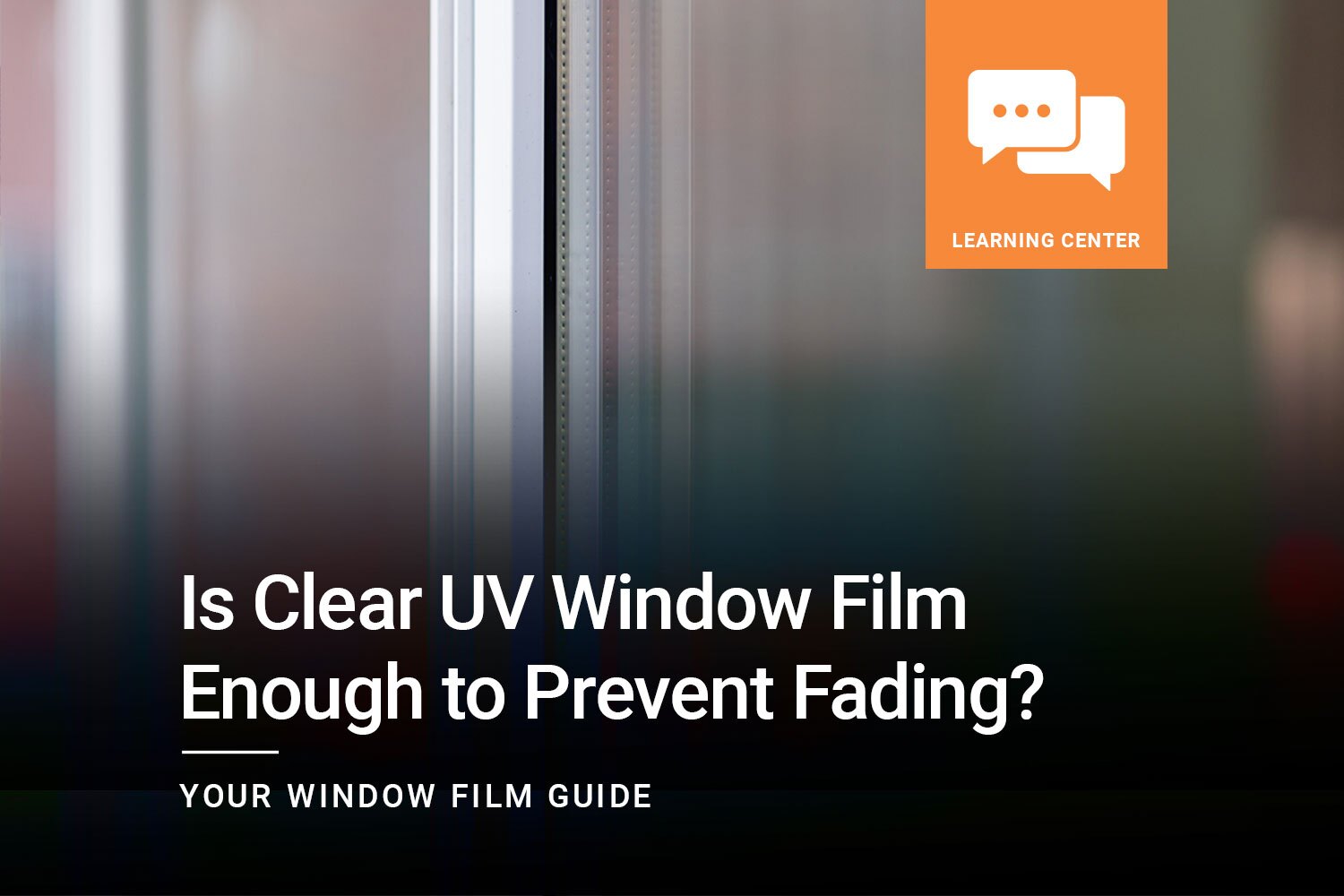
When considering window film applications for their San Francisco Bay Area homes or businesses, many people compare and contrast the benefits of window film versus window coverings. But this approach is short-sighted because window coverings and window film can complement each other both aesthetically and functionally.
Window coverings, such as curtains, drapes, blinds, shutters, shades, and screens, can provide many of the same functional benefits as window film, and vice versa. But in some cases, window covering tends to have the edge over window film on an aesthetic basis. Curtains, drapes, and shutters are typically not only aesthetically pleasing on their own right, but also serve as an artistic frame of sorts for their host windows and related views. On the other hand, decorative window films definitely offer a wide range of unique window beautification options, but not in relation to “framing” a window.
With all of this in mind, then, let’s further examine how window film and window coverings can work together on a complimentary basis to address your distinct window-related functional needs. Oh, and while keeping in mind the aesthetics, too!
Glare Reduction
When closed, window coverings provide complete protection from incoming sunlight and glare. However, the blocking of incoming natural light usually means that you’ll need to utilize more interior lighting, which defeats in part the reason for having the window. Glare-reducing window film serves as the perfect solution for reducing excessive sunlight and glare without sacrificing all incoming natural light. Not only does this reduce the need for interior lighting, but it retains those views of the outside scenery, another primary reason for the window’s placement.
Some situations within the home and commercial spaces can call for a completely darkened room. Thus, window film combined with the window covering appropriate for the given window takes care of the glare and gives you complete control over all incoming sunlight.
 UV Protection
UV Protection
Speaking of sunlight, and your desire to better control its entry into your home or business, the sun’s ultraviolet (UV) rays can prove damaging to people and interior furnishings. This damage extends to window coverings of all types. Not only does it fade the fabric of curtains, drapes, and some screens, but it can also break down the material components—especially plastic—of other types of window covering. UV window film can block up to 99 percent of incoming UV rays, while still letting in the desired amount of natural light. Not only will it protect people and furnishings, but also the window coverings that you’ve chosen as the perfect aesthetic accent for your windows.
Heating and Cooling
Window coverings can block incoming sunlight and reduce its associated heat, but their effectiveness is dictated by both their level of coverage and coloring. Naturally, the more closed or lowered your coverings are, the more sunlight and resultant heat they’ll block. Light-colored window coverings can reduce heat gain by up to 45 percent; however darker colored window coverings tend to absorb solar heat and transmit it into the interior spaces.
Heating and cooling window film reflects sunlight before it enters the interior spaces, allowing it to block up to 78 percent of the sun’s heat, which when combined with window coverings adds up to more than 100 percent potential heat blockage. Window film’s insulating properties also impede interior heat loss through the window glass during the cooler periods, which can help cut down on heating costs. While window coverings do not really offer the same insulating properties, they may help cut down the feel of incoming cool drafts.
Combined, the two can work together to help cut down your cooling and heating bills, and look great while doing it.
Privacy Enhanced with Window Film and Window Coverings
A fully closed or lowered window covering can provide complete privacy, but this typically means the complete closing off of the outside view from the window. The reflective properties of some solar control window films and privacy films work to block anyone from seeing inside during the day, but the film’s effectiveness is reduced during the dark of night. Thus, many people opt to install privacy film to help retain their daytime views with daytime privacy and use their window coverings to ensure nighttime privacy when the outside views are generally not so important.
Safety and Security
The levels of safety and security provided by window coverings is highly dependent upon the type of covering. Shutters and some specifically designed security window screens naturally provide the best protection from the weather or crime-related breakage, while curtains and drapes can, at best, only partially block incoming shattering glass.
Safety and security window film provides top-tier breakage resistance and keeps glass shards together if ultimately compromised. On its own, then, this film is a great option for ensuring your safety and security and will look great with curtains, drapes, and other “soft” window coverings. When combined with shutters or security window screens, the two together offer the ultimate protection from earthquake damage, weather-related events, and human attempts at intrusion or vandalism.
Learn More About Window Film and Window Covering Compatibility
Overall, and no matter what your functional need, window film is entirely complementary with window coverings. If you already have window coverings in place, San Francisco Bay Area’s ClimatePro can help you find the right window film to enhance their functionality, and with a color scheme and shade that can add to their aesthetic appeal. Learn more by contacting ClimatePro today at (707) 569-9098.




